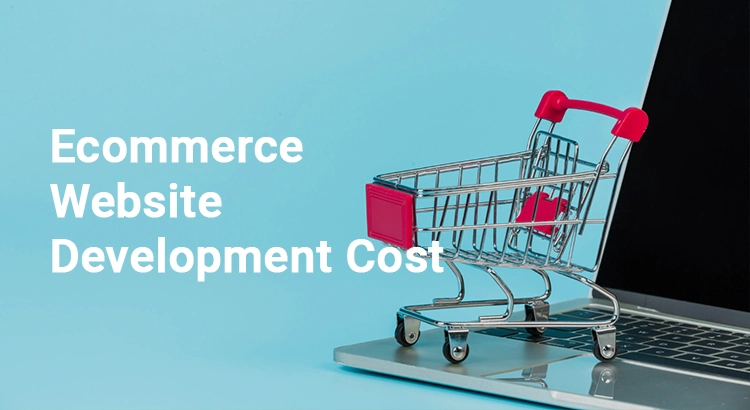Creating an online store involves multiple stages, each contributing to the overall ecommerce website development cost. Whether you’re a startup or an established brand, understanding what impacts pricing can help you set realistic expectations. Many ecommerce development companies offer a variety of packages, making it essential to evaluate the options carefully before moving forward.
How Much Does Ecommerce Development Cost?
The price of building an online store can vary widely depending on the features you need, the complexity of the platform, and the professionals you hire. While some projects start from a few thousand rupees or dollars, others can reach into five-figure budgets. Below is a breakdown of average expenses for developing a small to large-scale e-commerce platform:
| Type of Online Store | Estimated Price Range (USD) |
| Basic store (5–10 products) | $300 – $800 |
| Startup-friendly platform | $800 – $2,000 |
| Mid-sized store with custom features | $2,000 – $5,000 |
| Large-scale ecommerce solution | $5,000 – $15,000+ |
Note: These figures are average representations to give you a general idea of the expected pricing. Actual numbers can vary significantly based on your project scope, chosen features, and the professionals or agencies you work with. It’s always best to discuss your requirements directly with a developer to get a precise quote.
Factors Influencing the Pricing
The total expense of launching a successful online store depends on several elements. Below are some of the key components that determine how much you’ll need to invest:
1. Platform Selection
Whether you go with Shopify, WooCommerce, Magento, or a custom-built solution, the platform choice has a major effect on your overall spending. Some platforms have recurring subscription fees, while others may require licensing or higher development work.
2. Design Complexity
Simple layouts cost less, but if you want a tailored user experience with advanced UI/UX, expect the price to increase. Engaging website design services also plays a vital role in shaping brand perception.
3. Number of Pages and Features
The more pages, categories, and functionalities you need (like product filters, wishlists, or customer reviews), the higher the development hours and expenses involved.
4. Payment Gateway Integration
Adding secure payment options requires technical effort and often involves additional expenses for API integration, testing, and compliance with payment standards.
5. Product Management System
A simple manual product upload is affordable, but dynamic or automated inventory systems will increase your budget. It becomes crucial for stores handling hundreds or thousands of items.
6. Third-party Tools and Plugins
Marketing automation, analytics, chatbots, or shipping integrations often rely on third-party tools, many of which have subscription models. These tools enhance performance but impact the final pricing.
7. Responsive and Mobile Optimization
Making sure your store functions well across all devices takes extra time and effort. This step is crucial today, but many basic packages don’t include mobile optimization as a standard feature.
8. SEO and Content Integration
Integrating content, product descriptions, and metadata improves search visibility but requires additional hours from website optimization experts, influencing the total project expense.
Conclusion
Planning your e-commerce website involves more than just a domain and design. By understanding the various elements that influence the overall price, you can better plan your budget and choose the right method for creating your e-commerce site. Whether you’re hiring freelancers or established companies, having a clear picture of what impacts pricing helps you make smarter decisions and build an online presence that delivers real value.


